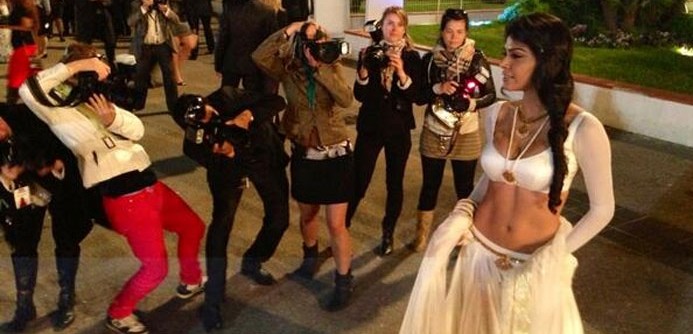
by Atiya Hasan – Follow @AtiyaHasan05
Continuing with our series, keeping up with our Bollywood celebrities as they make their presence and fashion tastes known at Cannes this year! Make sure you check out Part I, II and III.
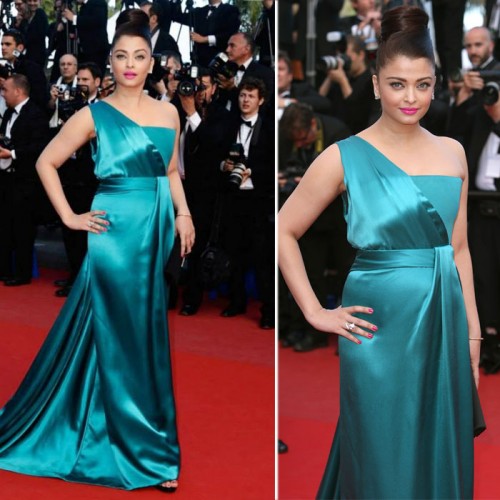
Source: Indian Express
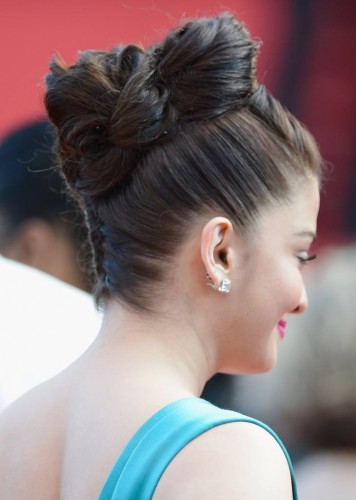
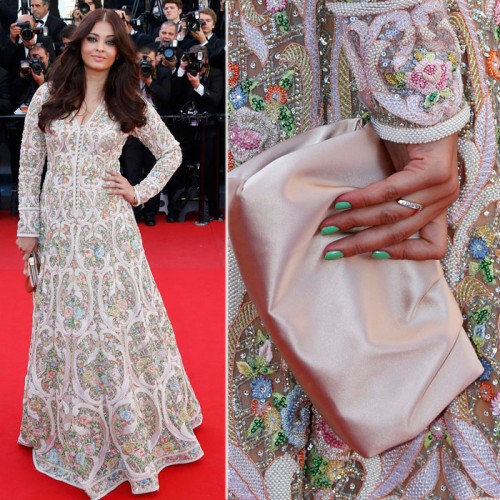
Source: Indian Express
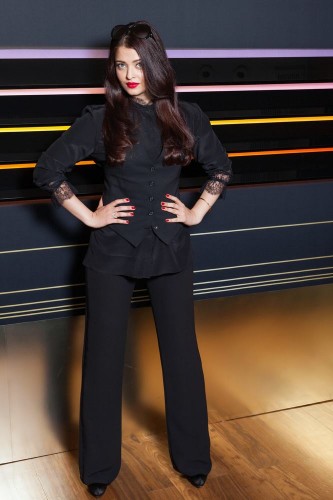
Source: Bollywood’s Biggest Fan Club – BBFC
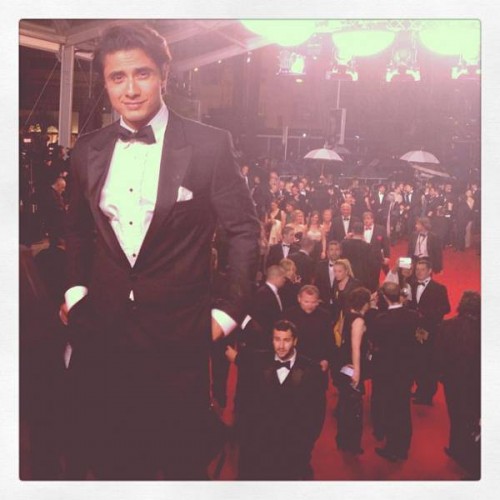
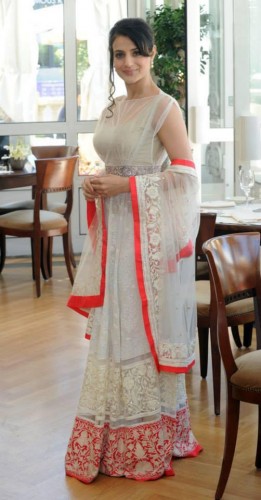
Source: Bollywood’s Biggest Fan Club – BBFC
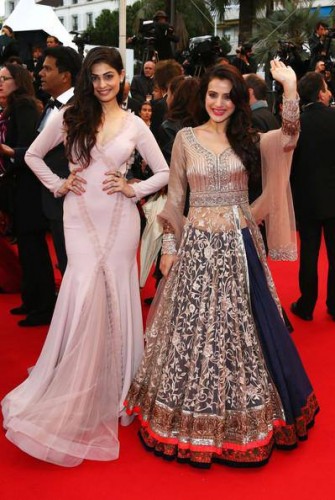
Source: Bollywood’s Biggest Fan Club -BBFC
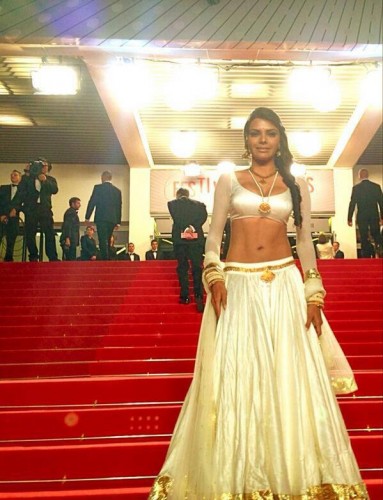
Source: Bollywood’s Biggest Fan Club – BBFC




